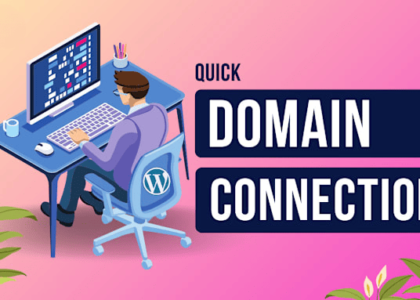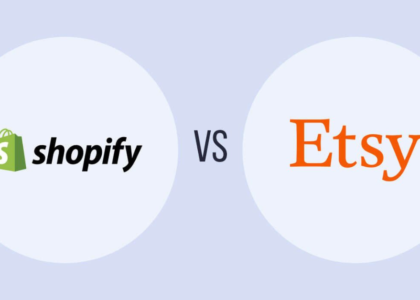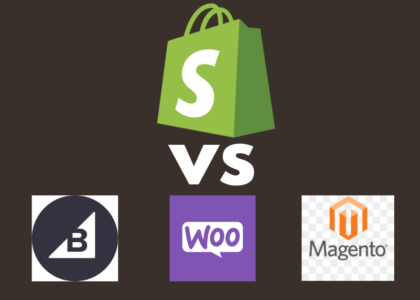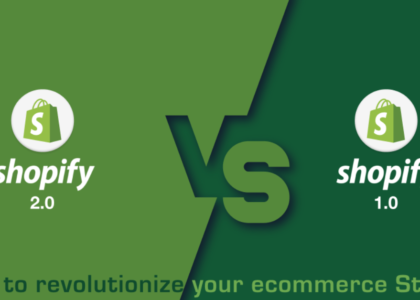In the dynamic world of e-commerce, the need to migrate stores is often a crucial step towards growth and optimization. Whether you’re upgrading platforms, consolidating databases, or enhancing performance, a well-executed store migration is key to maintaining operational efficiency and customer satisfaction. Here’s a comprehensive guide on how to execute a store migration smoothly:
1. Planning and Preparation
Before diving into migration, meticulous planning is essential:
- Define Objectives: Clearly outline why you are migrating—whether it’s for scalability, feature enhancements, or cost-efficiency.
- Assess Current State: Conduct a thorough audit of your existing store—catalog size, database structure, integrations, and performance metrics.
- Set Goals and Timeline: Establish realistic migration goals and a timeline that considers all aspects—from data transfer to testing and launch.
2. Choose the Right Platform
Selecting the new platform is a critical decision:
- Evaluate Features: Compare platforms based on essential features like scalability, security measures, SEO capabilities, and third-party integrations.
- Consider User Experience: Ensure the platform aligns with your current and future UX/UI requirements to minimize friction for customers and backend users.
3. Data Migration Strategy
Smooth data transfer is pivotal for uninterrupted operations:
- Data Mapping: Create a detailed map of data fields between the old and new systems to prevent loss or corruption of information.
- Backup: Always backup your current store data before initiating the migration process to mitigate risks.
- Incremental Migration: For large datasets, consider incremental migration to minimize downtime and maintain data integrity.
4. Customization and Integration
Tailor the new store to meet specific business needs:
- Custom Development: Implement custom features or design elements to enhance functionality or align with branding requirements.
- Third-Party Integration: Ensure seamless integration of existing third-party services (payment gateways, CRM systems, etc.) with the new platform.
5. Testing and Quality Assurance
Thorough testing is crucial before going live:
- Functional Testing: Validate all functionalities—checkout process, inventory management, user registrations, etc.—to ensure they work as intended.
- Performance Testing: Assess the new store’s speed, load handling capacity, and overall performance under various conditions.
6. Go Live and Post-Migration
Prepare for the final deployment and beyond:
- Launch Plan: Deploy the new store during off-peak hours to minimize disruptions, and have a rollback plan in case of unforeseen issues.
- Monitor and Optimize: Continuously monitor post-migration performance and gather user feedback to fine-tune the store for optimal user experience.
Conclusion
Store migration is a complex yet rewarding endeavor that demands meticulous planning, strategic execution, and continuous monitoring. By following these steps and leveraging the right tools and expertise, developers can ensure a seamless transition that sets the stage for enhanced business growth and customer satisfaction.
For more insights and expert advice on navigating the challenges of store migration and other e-commerce solutions, visit Fast Solutions Developer. We specialize in empowering businesses with robust digital strategies tailored to accelerate growth and streamline operations in today’s competitive landscape.
Get start today! Sign up for a free trial and enjoy your first month for just $1 here. By embracing advanced Shopify scripting, you pave the way for a more agile and responsive online store, capable of adapting swiftly to market demands and customer expectations.





